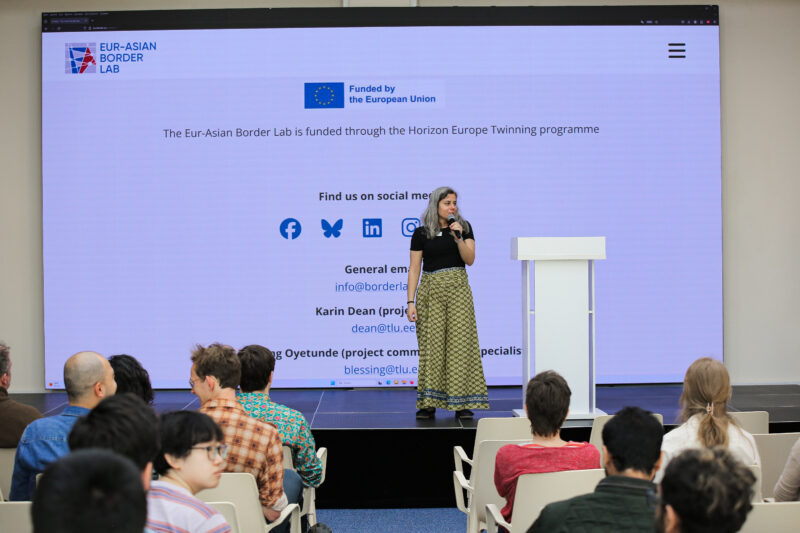
Alicja Fajfer, a member of the Eur-Asian Border Lab and project researcher at the University of Eastern Finland, reflects on the behind-the-scenes work, pedagogical approach, and quiet triumphs of the recently concluded Border Lab Summer School 2025 in Bishkek.
What a week in Bishkek it was! The Border Lab Summer School, organised by the Eur-Asian Border Lab in collaboration with the American University of Central Asia, may have ended, but it’s still worth taking a moment to reflect. We started planning the summer school with two goals in mind: to equip aspiring academics with the latest insights on border theory and to provide them with tools to smoothly navigate a future career.
To achieve these goals, the programme had two tracks. First, we invited top experts in border studies from Asia and Europe to give lectures on theoretical approaches that can be adapted to different disciplines. Then, we planned a career track to focus on employability skills. As the academic ladder has two sides, a workshop on article publishing covered the research side, whereas the border syllabus workshop offered insights from the teaching realm. Finally, mentoring sessions with experts, field trips and the research sprint tied the two tracks together. I facilitated the networking workshop with some game-inspired props, and helped plan the research sprints, which were really express presentations meant to maximise audience engagement.
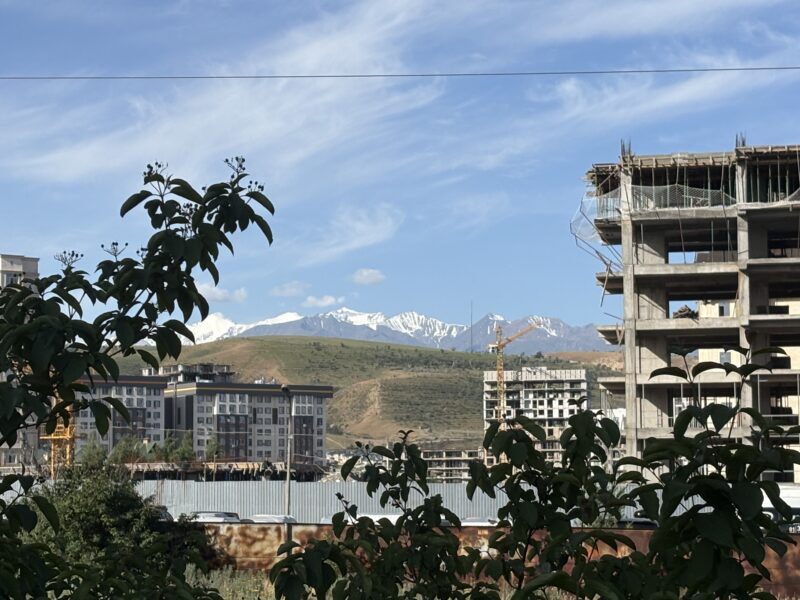
The construction process is usually not very pretty.
With the programme ready, all we needed were the participants. We wrote up the call for participation and hoped that someone would sign up. With more than 600 applications received, it turned out that we didn’t need a contingency plan for a low response rate… Since Al and AI look almost the same, I got to pre-select the strongest candidates (Now I can also generate a piece on how to write effective applications!). I started by making the evaluation criteria crystal clear. I also added an extra step to control for potential unfair bias. Then, the summer school board decided on the final shortlist, considering gender and geographic balance. In terms of disciplines, we had aspiring experts in fish migration, AI-reviewed residence permits and trains. We sent out invitations to 20 candidates and polite thank-yous to the rest, which actually wasn’t that much more work. Naturally, getting a rejection can be frustrating, and you’ll always hear back from some disappointed candidates. Sometimes, this will help you discover who was really motivated (useful in case someone else can’t make it).
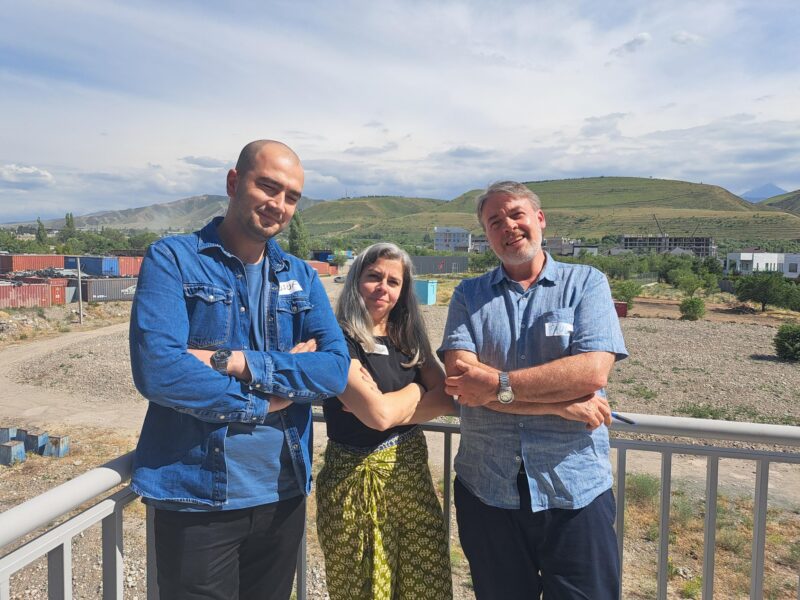
That mean person who read your application (middle), and her bodyguards.
As the countdown began, our team kept going through the checklist to make sure all preparations were on track. While administration tasks may seem less fancy than captivating lectures or ground-breaking research, this is actually a great opportunity to develop all kinds of real-world skills. For a couple of months, I became an event manager and a hospitality specialist. I designed experiences and worked in cross-functional teams with key stakeholders. I tried my best at communicating effectively, solving problems innovatively and delivering value on time. So, when on the first day we all gathered in the makers’ space at the American University of Central Asia, I was definitely excited to meet the participants, crossing fingers that the program would live up to their expectations.
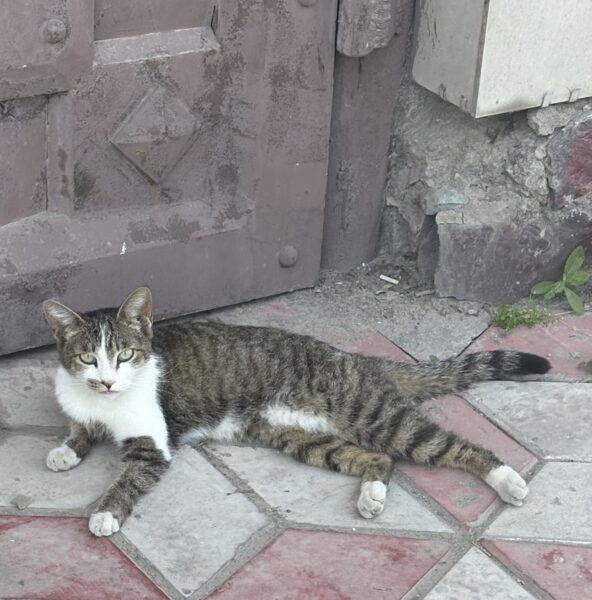
The street cat didn’t participate in the summer school but still judged me.
Based on the feedback from the participants, nobody really hated the experience, which was surely a good thing. I hope we succeeded in creating a learning space that engages, challenges, and inspires. It would certainly be a great idea to follow up with the participants on where they are academically and professionally. Have they visited each other? Is anyone writing a paper together? After all, networking is most effective when you can comfortably call it something else.
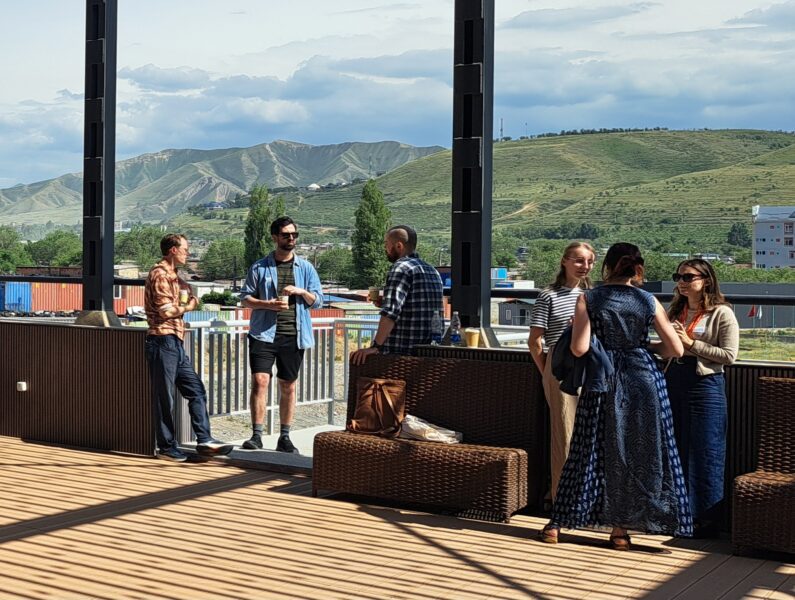
Go away! Definitely no networking going on here